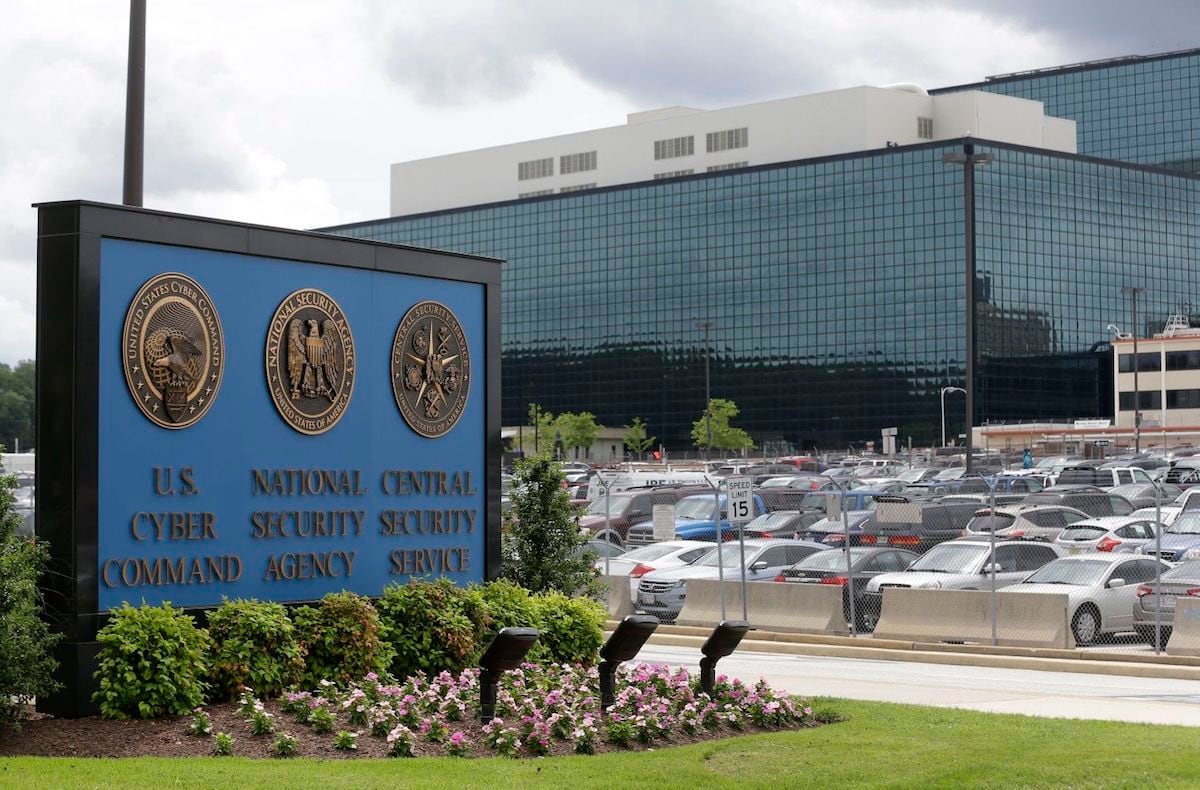Some members of Congress appear concerned that U.S. Cyber Command is not fully utilizing the flexible purchasing and service-like authorities it has been granted by the body. Cyber Command’s leadership, however, feels it is still maturing and needs to be prepared for expansion.
Congress gave Cyber Command limited acquisition authority in 2016 following the model of Special Operations Command. It capped acquisition funds at $75 million per year, sunsetting in 2021.
The thinking at the time, according to congressional staff, was to take a crawl, walk, run approach and see if the command could demonstrate it could properly exercises its limited authority.
However, this year, the command has only used a fraction of that; roughly $44 million.
“Certainly, since over the years we have worked to give the services more flexible acquisition authorities, can you provide this committee with an update on why you think you need this unique acquisition authority and what the current state of implementation is?” House Armed Services Subcommittee on Emerging Threats and Capabilities Ranking Member Rep. Elise Stefanik, R-New York, asked Gen. Paul Nakasone, head of U.S. Cyber Command, at a March 13 hearing.
The command’s acquisition executive in September 2018 noted Cyber Command had expressed the desire for a ceiling of $250 million and a sunset of 2025 regarding the acquisition authority.
At the time, he also noted how the command’s acquisition shop was still in its infancy with one contracting officer, one specialist and a couple of contractors aside from himself in the contracting office.
Nakasone said there are currently 10 openings at the command related to the acquisition authority, with six already filled. He expects the remaining four to be filled by the end of the year. Filling those positions will be extremely helpful to be able to execute the $75 million, he added.
Cyber Command in January issued a solicitation for help with its main contracting arm, known as the J9.
Moreover, Nakasone said he anticipates the command to have executed around $60 million to $65 million by the end of the fiscal year.
“We’re not to the point yet where I’m satisfied with regards to operating at the amount that has been authorized for us, but we’ll get there. I think the important piece is when I think of why it’s some important to us, our adversaries are rapidly changing. We see that every single day as we operate against them,” he said. “The authorities that you’ve granted our command to be able to do this is a first start for us to be able to operate at their speed.”
What has CYBERCOM spent its money on?
While the services continue to act as executive agent on a variety of topics for Cyber Command, a typical construct for combatant commands, Cyber Command has used its unique authority to purchase a variety of things.
Nakasone told the committee the command invested in tools for the cyber teams, big data analysis and “an opportunity for our developers to operate off site at a facility to look at new networks, new capabilities, new infrastructures.”
Mark Pomerleau is a reporter for C4ISRNET, covering information warfare and cyberspace.








